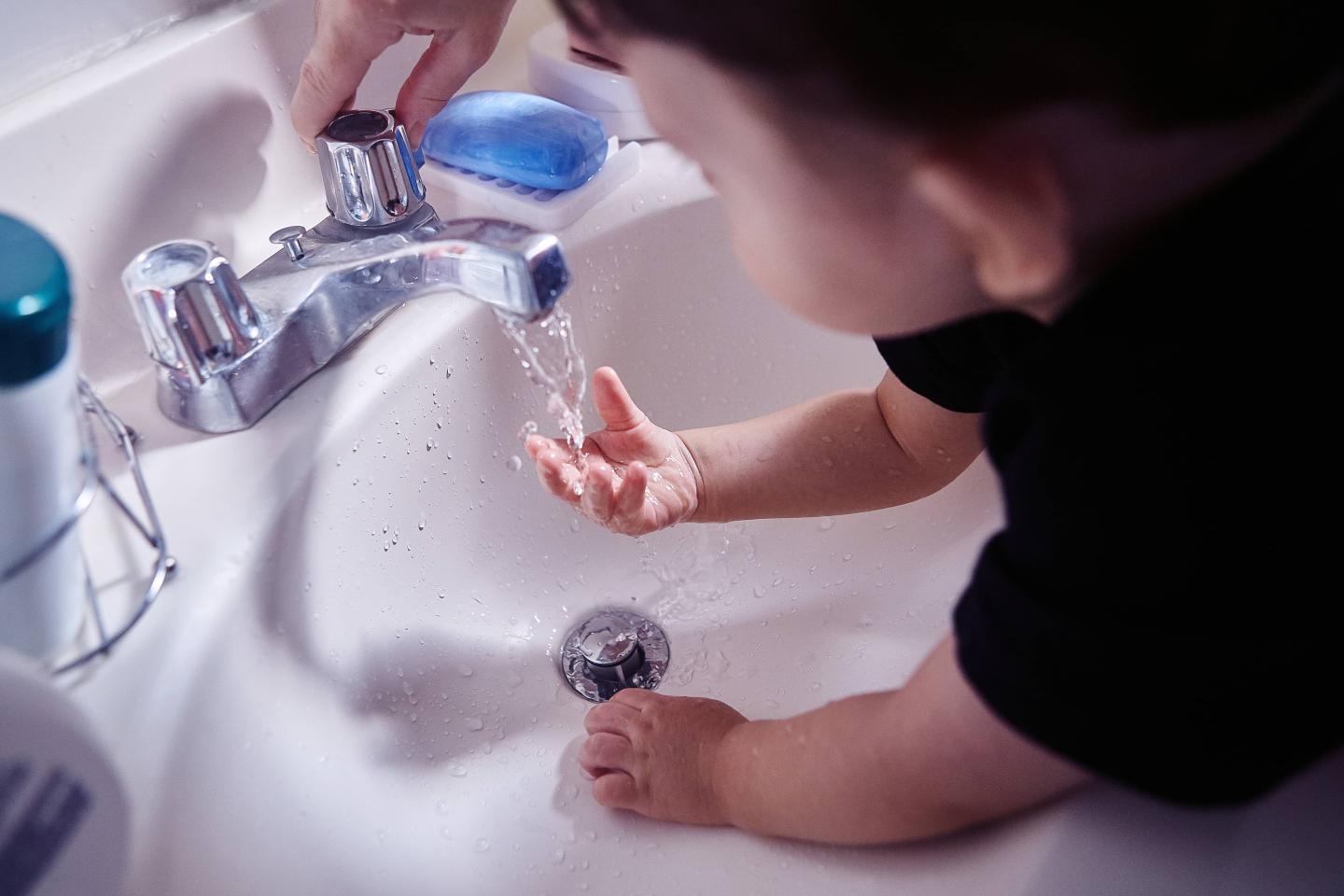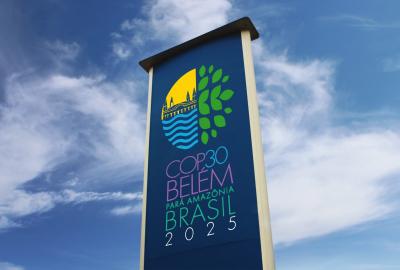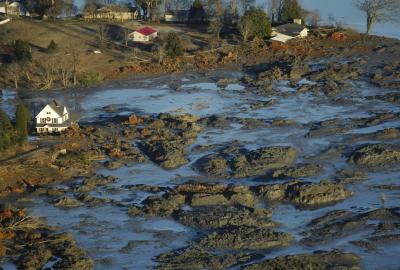Air and water are not going to protect themselves
4 things the Trump administration must do to make sure Americans have clean air and water.
Update March 13, 2025: EPA Administrator Lee Zeldin has announced his agency plans to reconsider dozens of safeguards against industrial pollution, including limits on mercury, which harms the brains of young children, and greenhouse gases, which warm the air and oceans and fuel more intense hurricanes, rainstorms, drought and wildfires. EDF Executive Director Amanda Leland says the plan will put millions of people in harm's way, calling it "the greatest increase in pollution in decades." She says EDF will "vigorously oppose Administrator Zeldin's unlawful attack on public health."
President Trump is adamant: He wants the U.S. to have the cleanest air and cleanest water in the world.

At the same time, his administration plans to gut the Environmental Protection Agency and weaken or scrap safeguards that protect people from pollution. He also wants to put the brakes on clean, renewable energy while expanding oil and gas production, a major source of soot and smog, as well as the climate pollution that is driving more frequent, intense storms, floods and fires.
In his first week in office, Trump signed a series of executive orders that would allow his administration to undo progress on expanding clean energy, health protections rooted in science and law, and U.S. commitments to reduce the pollution that is driving dangerous climate change.
"Weakening the Environmental Protection Agency and our nation’s clean air and water protections will mean more pollution and more asthma and health problems for kids and elderly Americans," says Environmental Defense Fund's Executive Director Amanda Leland.
History makes it clear that our air and water are not going to protect themselves. Strong, science-based federal protections preserve everyone’s freedom to enjoy clean air and clean water. Here are a few of the safeguards that could be on the chopping block — and why the new president needs to keep them on the books if he really wants America’s air and water to be the envy of the world.
Wanted: Safe drinking water

Is your water safe to drink? For millions of people in America, it’s not. That’s because old pipes are still leaching lead into the drinking water in cities across the country, like Chicago and Washington D.C. and new synthetic chemicals, known as PFAS, or forever chemicals, are turning up in tap water in places like Miami, New Orleans and Philadelphia.
Childhood exposure to lead lowers IQ and PFAS is linked to certain types of cancer and liver and heart damage, even at very low levels.
The Biden administration strengthened rules to get lead out of the nation’s drinking water and took action to replace almost all lead pipes over the next ten years and, for the first time, set national drinking water standards for six PFAS chemicals. Weakening, repealing, defunding or refusing to enforce these safeguards would continue to expose millions of people to lead and cancer-causing chemicals in the water we drink.
Don’t let mercury make a comeback
Mercury can cause permanent cognitive problems in children and harm cardiovascular health in adults. Around 75,000 babies are born each year in the U.S. with a heightened risk for learning disabilities because of mercury exposure. Mercury is in our water and food supply because of power plants that burn coal and release mercury pollution into the air.
In 2023, the EPA updated its Mercury and Air Toxics Standards for power plants, for the first time in over a decade, to ensure that power plants are using modern technology to monitor and limit releases of mercury. The update also closed a dangerous loophole that allowed plants burning the dirtiest type of coal to release more than three times as much mercury than the limit.
For Americans to have “sparkling clean water,” President Trump needs to keep mercury pollution out of the air, out of our streams and lakes, and off our dinner plates.
Environmental news that matters, straight to your inbox
In our air: Un-natural gas
The massive network of pipelines, storage tanks, drilling equipment and other infrastructure that helps produce and move natural gas around the country is full of leaks and quietly releasing massive amounts of air pollution — around 7.5 million tons of methane every year.
Natural gas is largely made of methane, a climate super pollutant, and also contains cancer-causing benzene, toxic hydrogen sulfide and asthma-triggering nitrogen oxides. The previous administration put in motion a program to charge companies a fee for these wasteful and hazardous leaks, but some industry groups are clamoring for the new administration to toss it out. Will polluters pay, or will people pay for this pollution with their health?
Vehicle exhaust choking our streets

45 million people in the U.S. live within 300 feet of a major roadway or transportation facility, and all the traffic and pollution they create.
Breathing tailpipe pollution from cars and trucks can damage lungs, hearts and brains. Vehicle exhaust contains dangerous air pollutants like soot and NOx, which triggers asthma. Mix NOx with other air pollution and sunlight and you get ground-level ozone, the main ingredient in smog.
The EPA recently updated its tailpipe emission standards to reduce pollution from cars and trucks, preventing 2,500 premature deaths and thousands of asthma attacks. President Trump has already taken aim at this vital public health safeguard through a Day 1 executive order.
Fortunately, a finalized regulation cannot be scrapped with just the stroke of a pen. It’s a lengthy review process during which the EPA would need to submit new scientific and technical analysis justifying why it is changing course. So, now it’s up to the new administration to either defend these safeguards or explain to the public why all the clean air they were promised is still clogged with vehicle exhaust.


